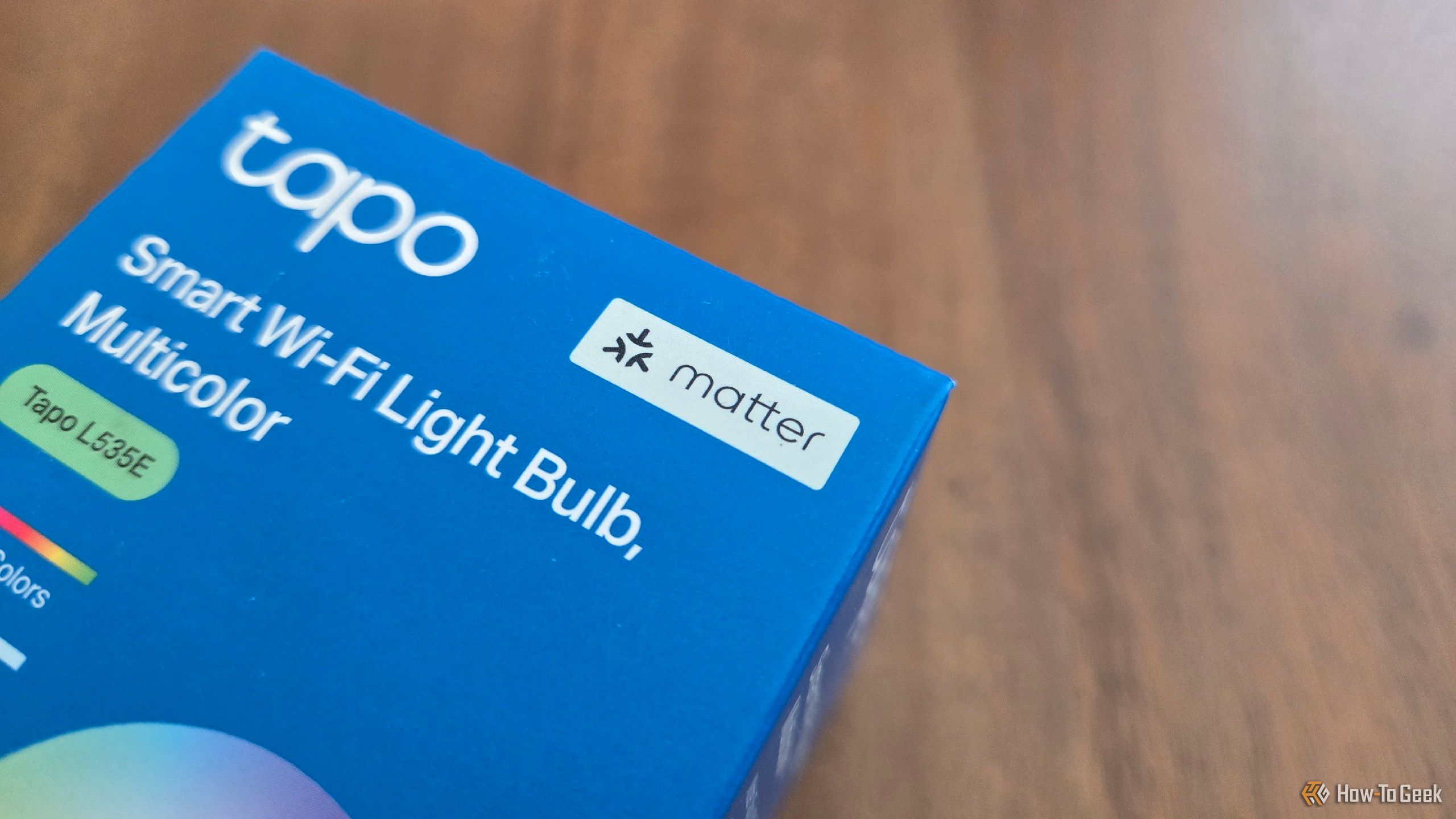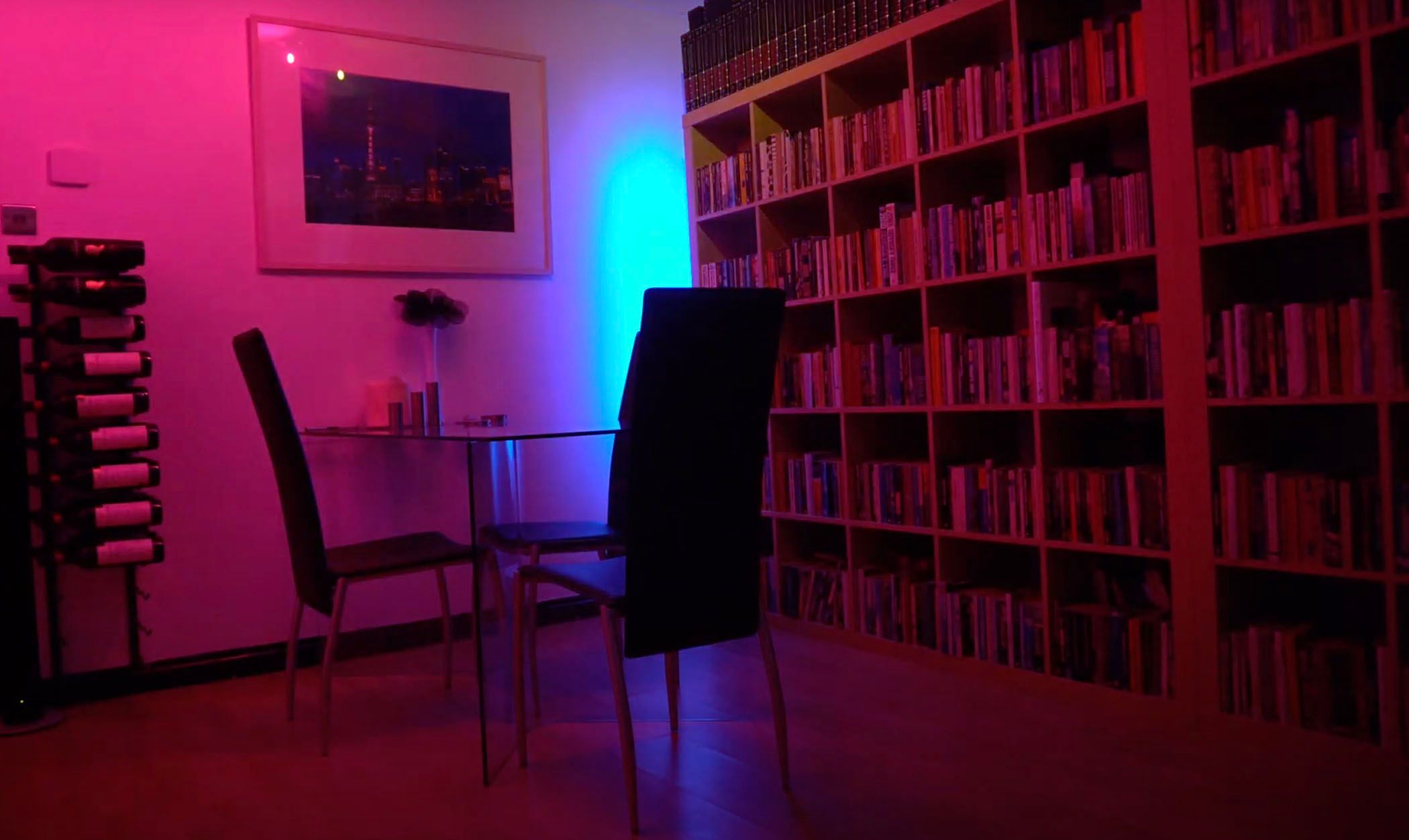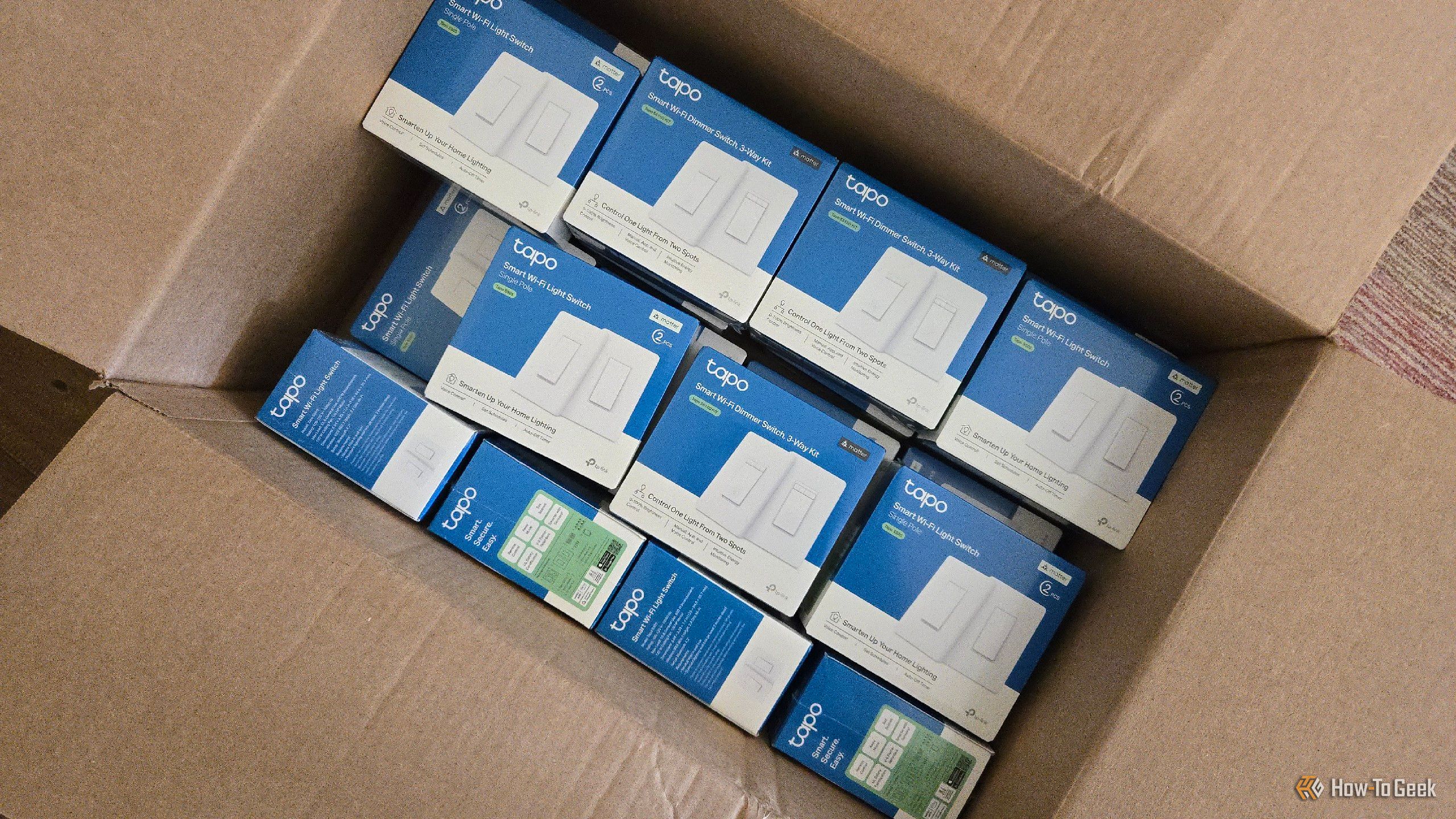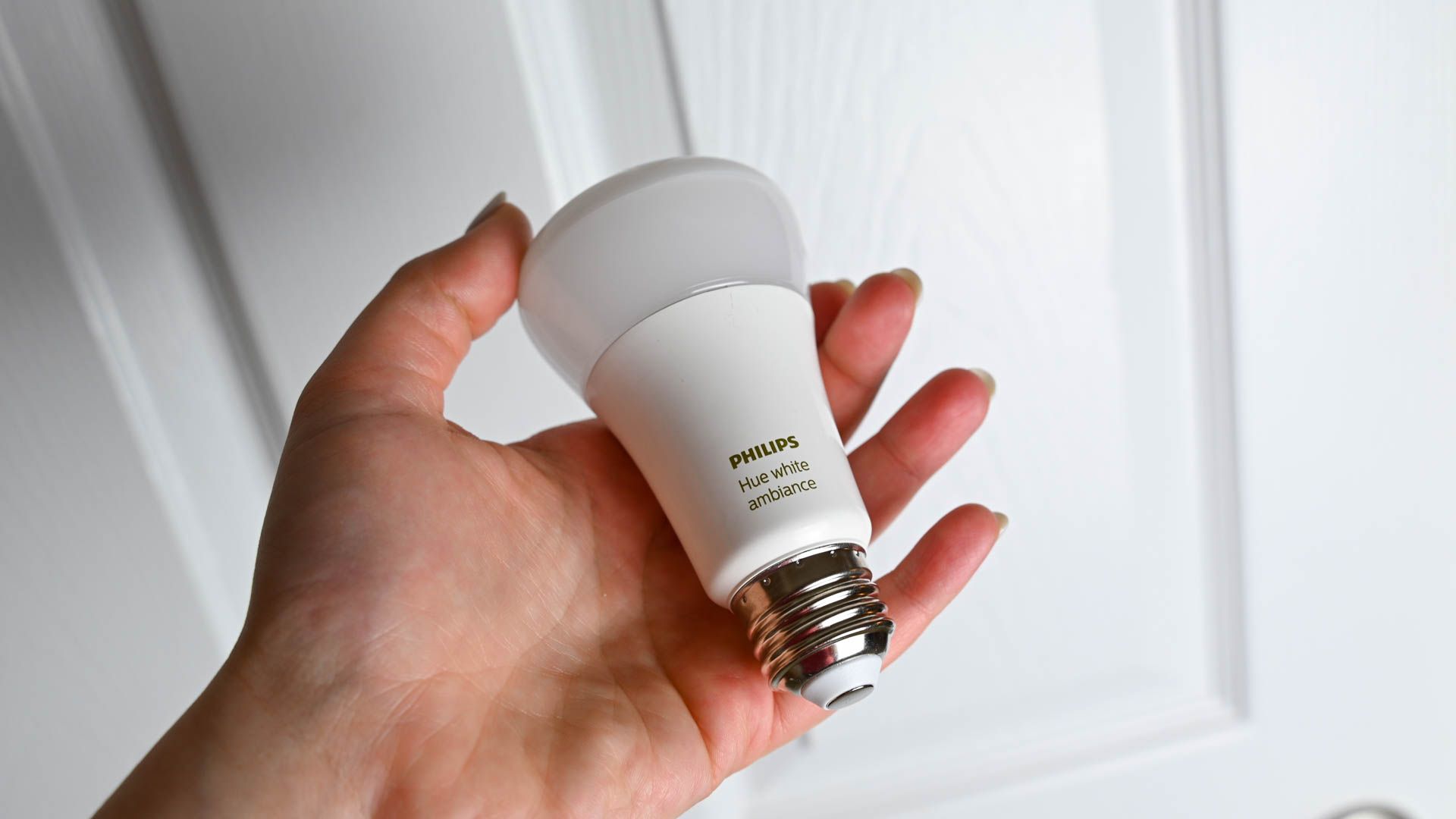When many of us think of smart lighting, we think of Philips Hue. But for most of us, replacing all the lights in our home with smart bulbs is prohibitively expensive. That’s why I’ve opted to go with smart switches instead.
Smart Switches Are Better for My Budget
Standard Philips Hue lights are bulbs that you can use in place of any existing standard bulb. They’re able to change color, they’re dimmable, and they’re controllable remotely. You can toggle them on and off via an app, control them using a voice assistant, or pair them with a motion sensor to come on automatically.
Each Philips Hue bulb costs a minimum of $10 if you catch the basic ones on sale. This is doable if you’re in an home with floor lighting, and you just need to replace the bulbs in each lamp. My house has built-in recessed lights. Philips Hue downlights cost significantly more money, and they require more labor to install. That’s a DIY task I’m not about to take on, so now we’re adding in the cost of an electrician as well.
Fortunately, instead of replacing each bulb, I can simply replace the light switch that controls them. A smart switch can be remote-controlled and automated in most of the same ways as a smart bulb, with the type of features lost being superfluous in my case, like changing colors or syncing lights to music.
I’m installing switches all throughout my home, but to keep things simple, let’s focus on my home office, a room with four recessed lights. Replacing the one switch that controls them rather than four lights individually is easy math.
Bulbs Often Go Offline
Cost is the largest factor, but it’s not the only one. I also find that smart switches simply offer a better experience.
You see, when I open Samsung SmartThings, I expect to be able to toggle all of my smart lights. But with bulbs, that isn’t guaranteed. If someone in the house has flipped a lamp or ceiling light off at the switch, then the Philips Hue bulb no longer receives power and will appear as offline.
This is not a limitation of Philips Hue bulbs in particular—it’s a weakness of all smart bulbs. We have a TP-Link Tapo bulb in our bedroom lamp that disappears if someone turns off the lamp manually.
If you want to continue using your lamp’s built-in controls, or the light switch on your wall, in addition to the smart bulb features, you can expect the latter to be inaccessible much of the time.
And these aren’t just my words. Another colleague, Adam Davidson, recently described his investment in smart bulbs to be his biggest smart home mistake. Spoiler: his plan to fix it is the one I’m describing here.
My Smart Switches Don’t Require a Hub
As pricey as Philips Hue bulbs are, they don’t include all the electronics necessary to connect to your Wi-Fi network. They require a separate Philips Hue bridge in order to function. Your phone or voice assistant actually sends commands to the bridge, which is what communicates to each individual bulb. That bridge will set you back around at least another $40. That means you’re $50 in just to replace a single light.
Smart switches don’t have this same requirement. Or rather, the smart switches I’ve chosen don’t. And to be fair, there are smart bulbs that don’t require a hub, but those bulbs aren’t Philips Hue.
I’ve decided to go with TP-Link Tapo smart switches. My colleague Bryan Wolfe reviewed the Tapo S505 smart switch glowingly, and he gave the S505D dimmer switch the same high score.
I had the same positive experience when I reviewed the Tapo P210M smart outlet. That’s why I felt comfortable ordering an entire box of switches.
So far my experience with Tapo has been rock solid, and I’ve had every reason to believe that installing these lights will go well. Plus, each of these switches, which cost roughly the same as a Philips Hue bulb (though often less), controls multiple lights and doesn’t require a hub. They all connect directly to my router.
Like a Philips Hue bridge, each of my light switches is Matter-compatible. That means they will work with whichever smart home ecosystem I choose, and they will continue to work if TP-Link loses interest in these switches and stops selling them. To be clear, Matter is the only reason I’m comfortable building a smart home now, and I’m doing my best to build an all-Matter smart home, with major home appliances so far being the notable exception (my TV, fridge, and dishwasher all require Samsung SmartThings)

Related
Matter Is the Reason I’m Finally Comfortable With Smart Homes
Seeing “Matter” matters more than “Works With SmartThings.”
For the record, Philips Hue bulbs are not bad bulbs. If you’ve already bought them, your home doesn’t have as many lights, or you have the budget to fill a larger home with them, enjoy! As for me, my home is too large and has too many lights for me to have that option. It’s Tapo smart switches for me.




